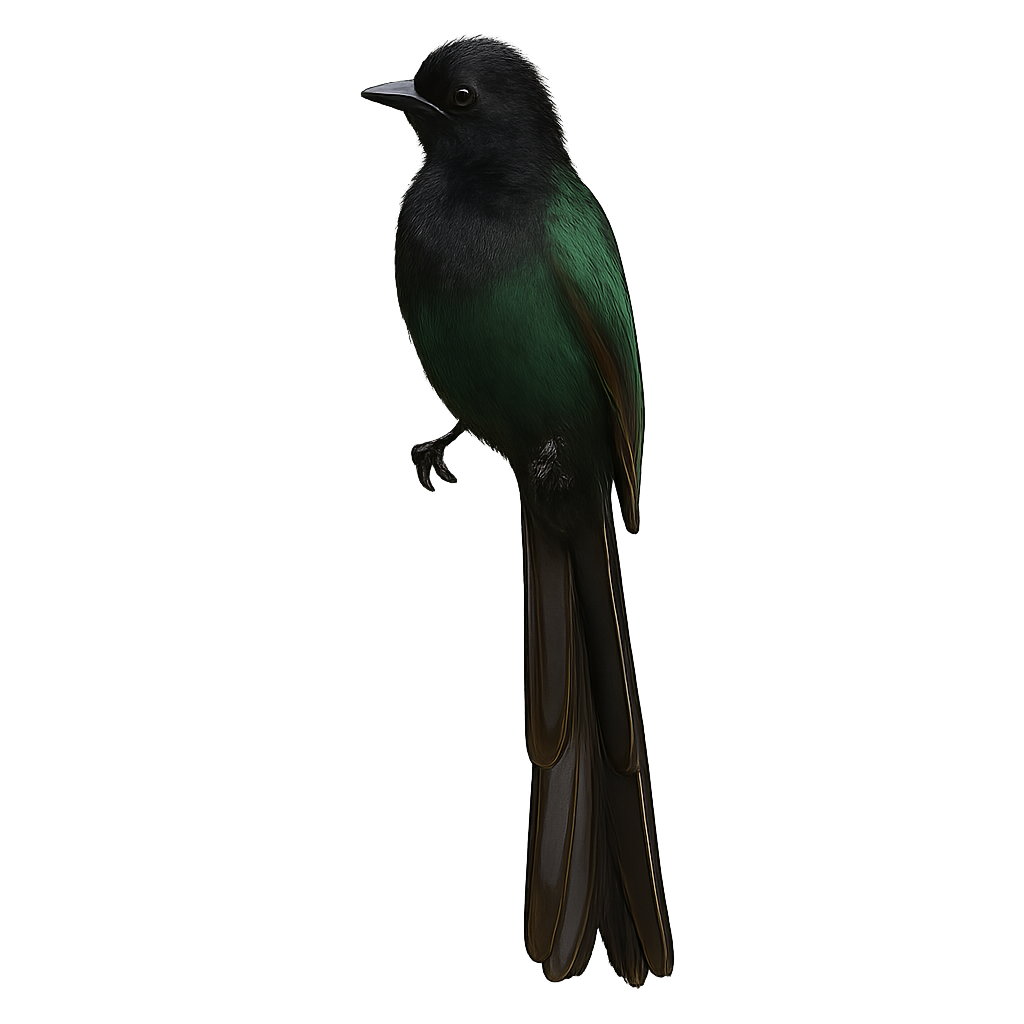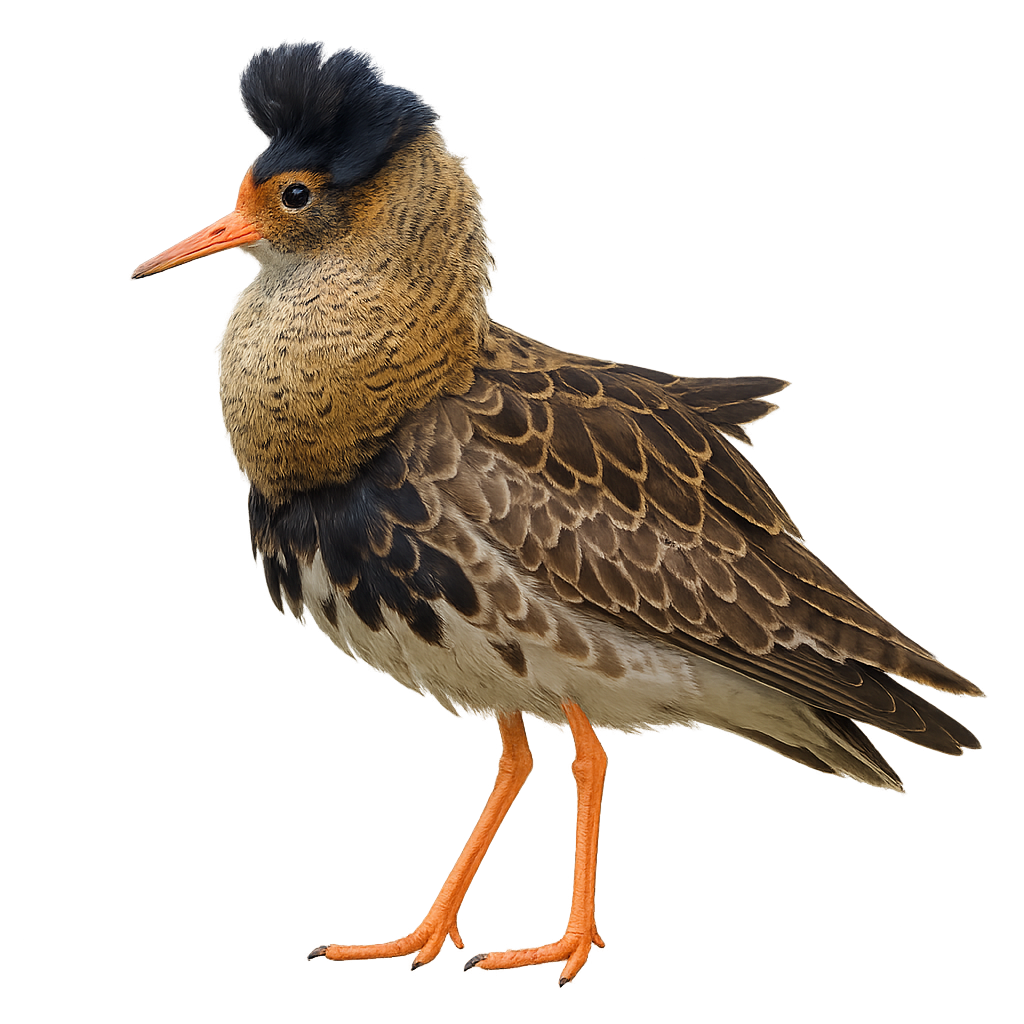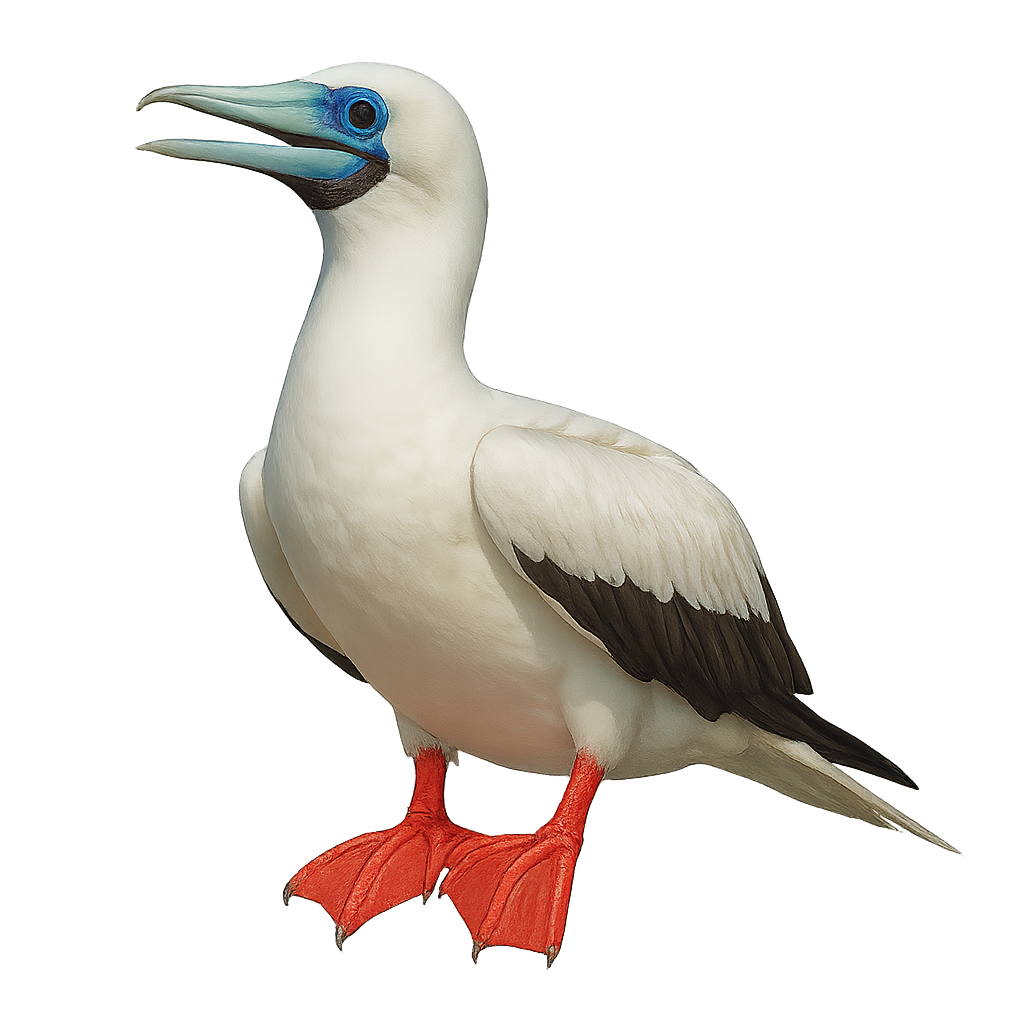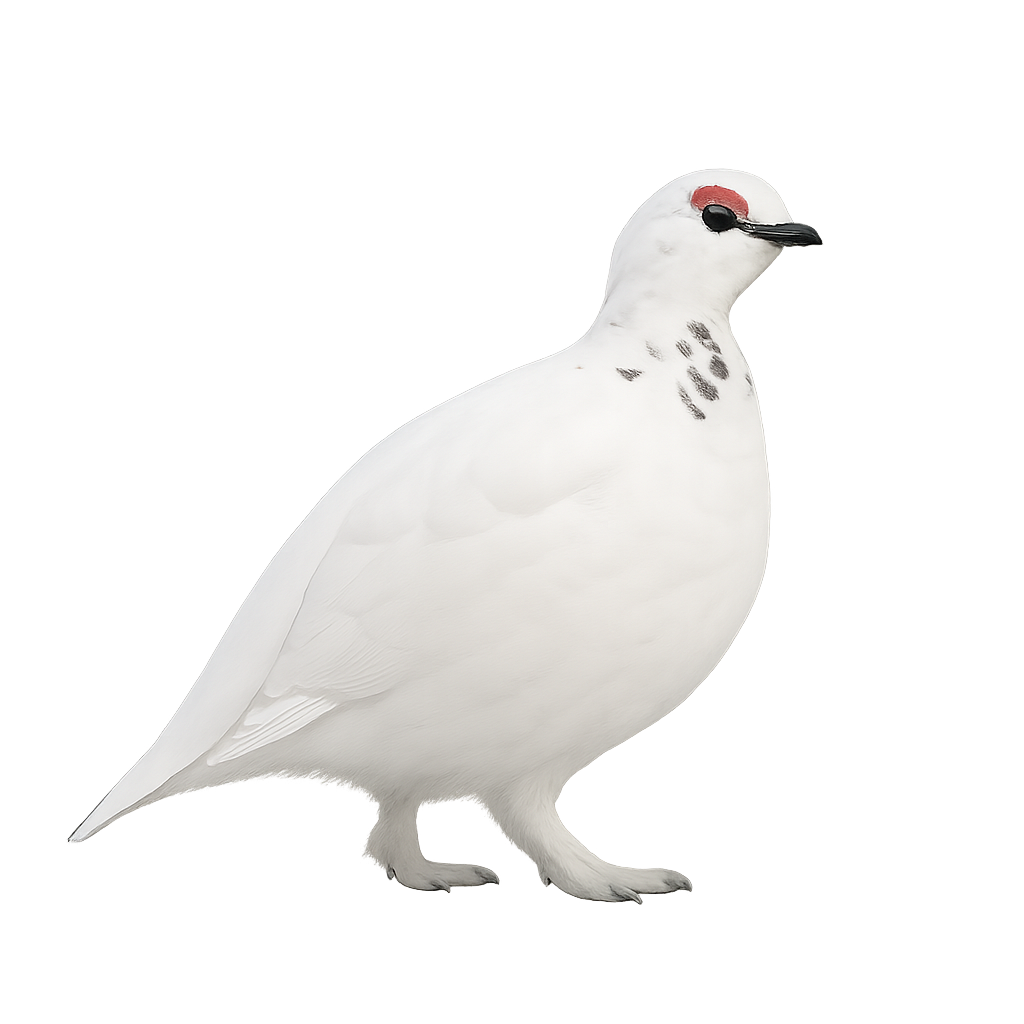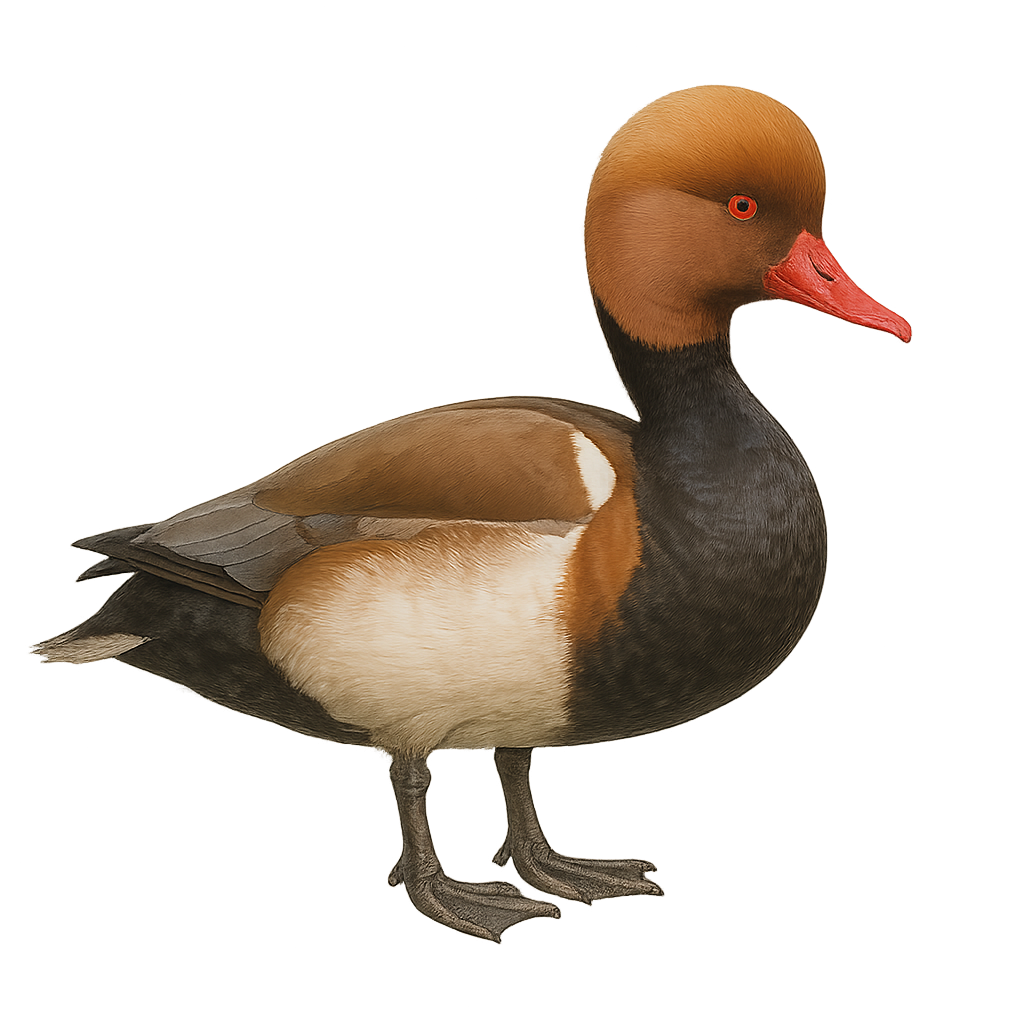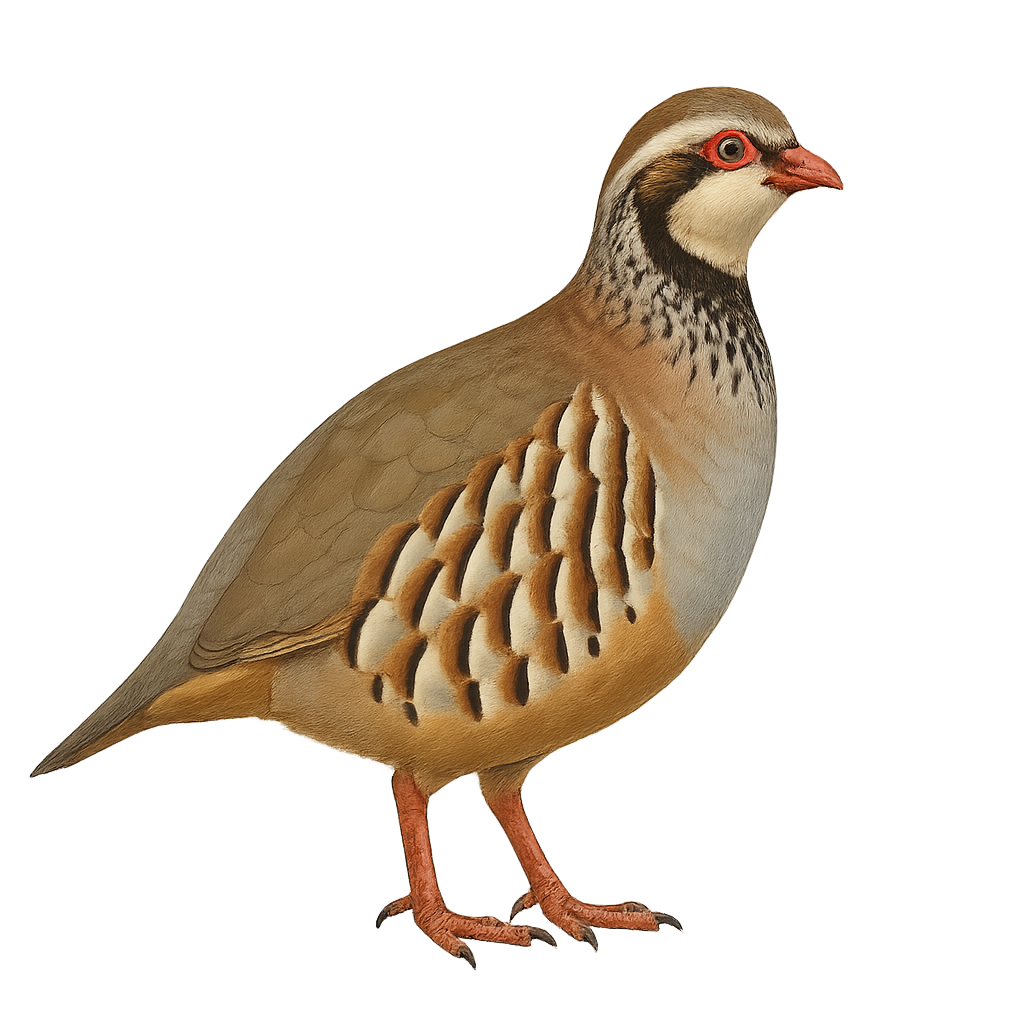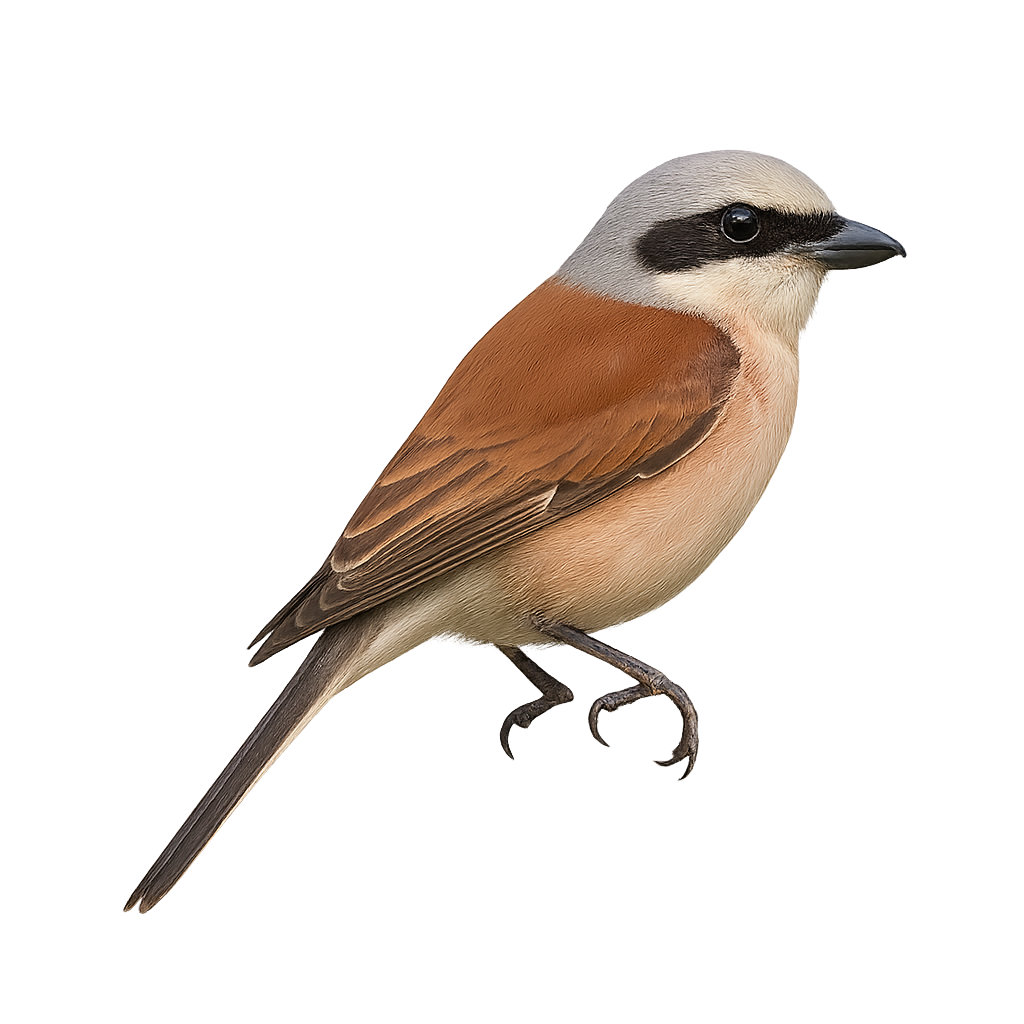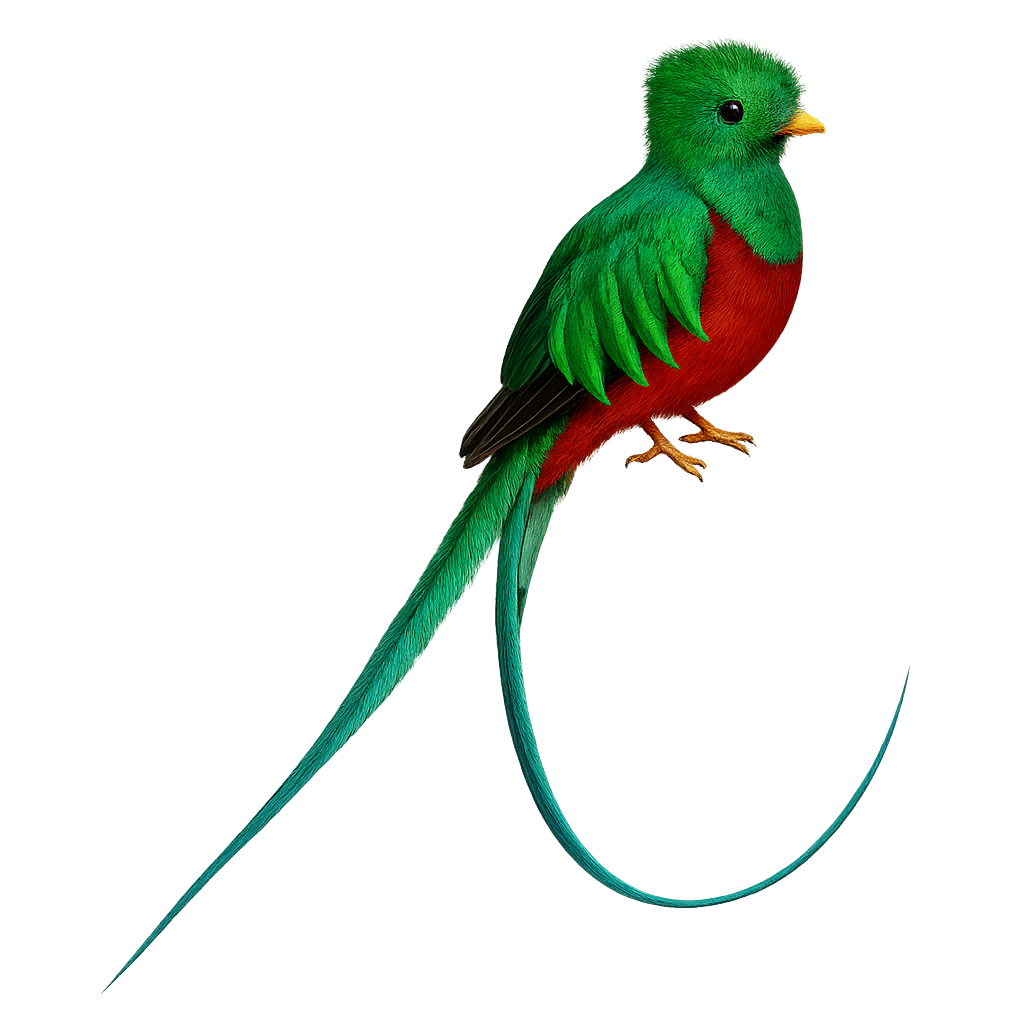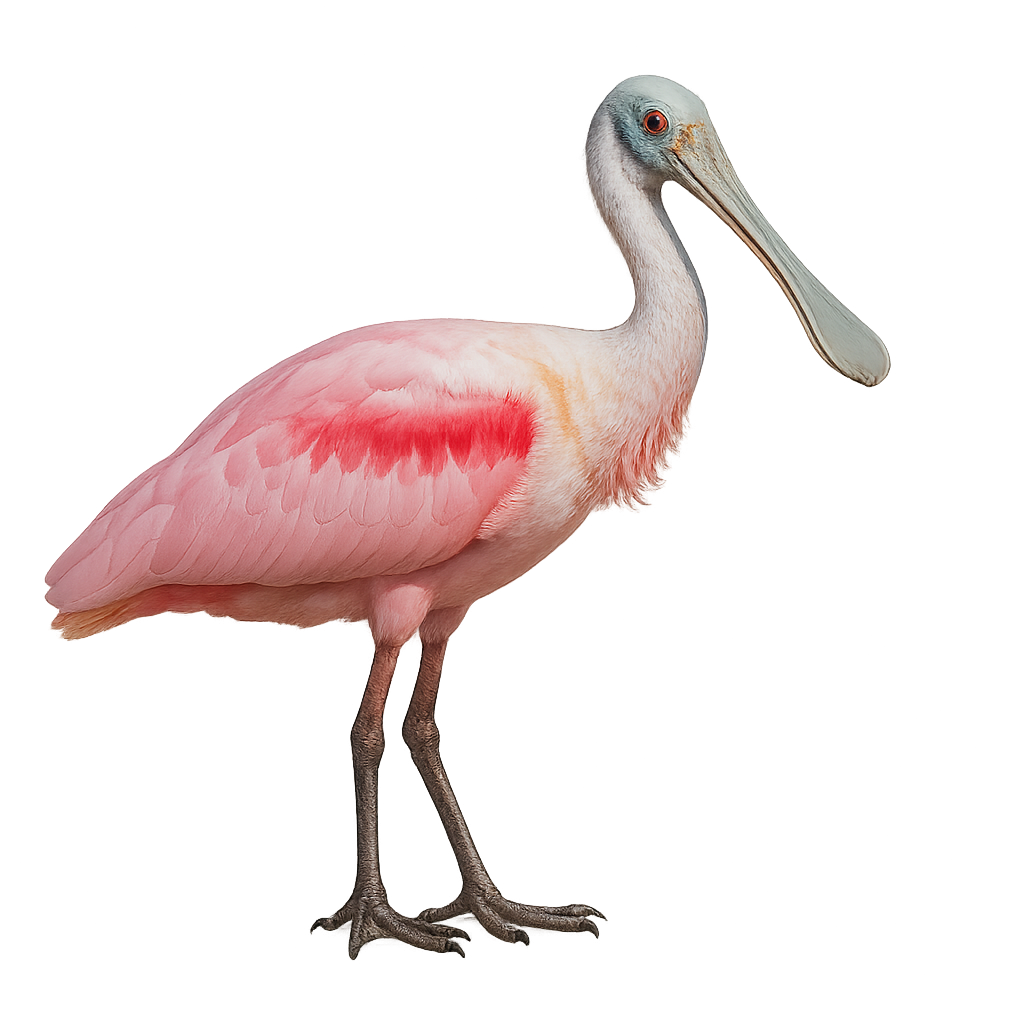Animal Species Profiles:
Mammals, Birds, Reptiles & More
Explore wildlife from around the world with the species profiles on WildlifePhotographer. Mammals, birds, reptiles… For each species, you’ll find key information such as habitat, observation periods, distribution, and photography tips. Want more details and advanced features? Download the full app for the complete experience.
Royal Eagle
Aquila chrysaetos
The Golden Eagle is one of the most majestic raptors, easily recognized by its golden-brown plumage and imposing silhouette. This large eagle is widely distributed across the Northern Hemisphere, from the mountains of Europe and Asia to the more arid regions of North America. It primarily hunts medium-sized mammals but can also target larger birds. The Golden Eagle is a solitary bird, known for its flying prowess and its ability to cover great distances in search of food.
During the breeding season, the Golden Eagle performs spectacular courtship displays, where males execute aerial acrobatics to impress females.
Royal albatross
Diomedea epomophora
The Royal Albatross is one of the largest and most majestic species of albatross, easily recognizable by its long, tapered wings that can span up to 3 meters. This seabird, which frequents the Australian and Antarctic oceans, is a master of gliding flight, capable of covering vast distances without flapping its wings. The Royal Albatross hunts fish and squid, which it captures with great precision by diving from the air.
During the breeding season, the Royal Albatross performs complex courtship dances to attract a mate, an impressive display that reflects the majesty of this bird.
Rothschild's astrapia
Astrapia rothschildi
Native to the mountains of New Guinea, Rothschild's astrapia is a bird with vibrant colors, featuring an outstanding plumage of iridescent green, blue, and purple. The male is particularly spectacular, with a long tail and feathers adorned with bright colors. This bird is primarily frugivorous but also feeds on insects and small animals. Threatened by habitat loss, Rothschild's astrapia is a protected species.
Ruddy Turnstone
Tringa erythropus
The Redshank is a medium-sized wader with distinctive plumage that changes with the seasons. During the breeding season, the male displays vibrant colors, with a black head and reddish chest, while the female has more subdued tones. Outside the breeding season, both sexes adopt a more muted plumage, often gray-brown with shades of white and black. The Redshank is primarily found in wetlands, estuaries, and lakeshores, where it feeds on small invertebrates, aquatic insects, and occasionally worms and crustaceans.
This migratory bird is known for its long-distance migration, between its breeding grounds in northern Eurasia and its wintering areas in southern Asia and North Africa. While its population remains generally stable, the Redshank is vulnerable to threats such as habitat destruction, pollution, and hunting. The species is protected in some areas where it is found.
Ruby-throated hummingbird
Archilochus colubris
The Ruby-throated Hummingbird is one of the most iconic species of hummingbirds in North America, easily recognizable by the bright red color of its throat, which gives it its name. This small bird has bright metallic green plumage on its back and a white chest. It has a long, slender beak and an extendable tongue that it uses to extract nectar from flowers. In addition to nectar, it also consumes insects and spiders for protein.
The Ruby-throated Hummingbird is a migratory bird, covering long distances between its breeding range in North America and its wintering grounds in Central America. It is known for its rapid and agile flight, capable of hovering in place by beating its wings up to 80 times per second. While its population remains generally stable, it is threatened by habitat loss due to urbanization and climate change, which affect food resources and breeding conditions.
Rufous hummingbird
Selasphorus rufus
The Rufous hummingbird is a fascinating species of hummingbird, recognized for its small size and brilliant feathers in shades of copper and red. Native to North America, it migrates each year between the United States and Mexico. This hummingbird primarily feeds on nectar, which it collects using its long bill and extendable tongue. It is often seen hovering in place, a feat made possible by its extremely agile wings. The Rufous hummingbird is also known for its territorial behavior, especially when defending its favorite flowers.
Ruff
Philomachus pugnax
The Ruff is a medium-sized wader bird, easily recognizable by its colorful plumage and relatively large size for a bird in its family. The male is particularly distinctive during the breeding season, with vibrant plumage ranging from brown and white to red and orange, and a large ruff that surrounds its head. Outside the breeding season, the male loses its bright colors and presents a more subdued plumage similar to the female.
This wader inhabits wetlands, marshes, and riverbanks across Europe and Asia. During the breeding season, males engage in spectacular courtship displays to attract females, including throat inflations and dances. The Ruff primarily feeds on small invertebrates and aquatic plants. It migrates south for the winter. While its population remains relatively stable, it is threatened by habitat loss due to the draining of wetlands and pollution.
Red-footed booby
Sula sula
The red-footed booby is a remarkable seabird, easily recognized by its red feet and its white and brown plumage. It primarily lives on tropical islands in the Pacific and Indian Oceans, where it nests on cliffs or trees near water. It feeds mainly on fish, which it catches by diving from heights. It is a social species living in colonies, but it faces threats due to habitat loss and human disturbances.
Red-breasted Merganser
Mergus serrator
The Red-breasted Merganser is a slender diving duck, measuring about 52 to 58 cm in length with a wingspan of 67 to 82 cm. The male features a dark green head with a shaggy crest, a white collar, a rusty speckled chest, and a thin red bill. The female has a reddish-brown head with a more subdued crest, a grayish body, and a duller red bill. This duck inhabits coastal waters, estuaries, bays, and large lakes, favoring saline or brackish areas. It primarily feeds on small fish, but also consumes crustaceans, aquatic insects, and amphibians, captured using its serrated bill adapted for fishing. A migratory species, it nests on the ground near water, often concealed under vegetation or in rocky crevices. Although listed as Least Concern by the IUCN, the Red-breasted Merganser is sensitive to water pollution, coastal habitat destruction, and human disturbances.
Rock Ptarmigan
Lagopus muta
The Rock Ptarmigan is a mountain bird adapted to the harsh conditions of high peaks. It measures about 35 to 40 cm in length and weighs between 350 and 650 g. In winter, its plumage is entirely white, allowing it to blend into the snow, while in summer, it has a brown-red plumage with dark spots to better blend into the rocks and grasses of the mountains. The Rock Ptarmigan primarily inhabits mountainous regions of Europe, Asia, and North America at high altitudes, where it feeds on plants, seeds, berries, and young shoots. Due to its thick plumage and feather-covered legs, it is well adapted to cold conditions but is also vulnerable to climate change, particularly to the loss of its mountainous habitat. The species is protected in some areas but remains sensitive to human disturbances, such as mountain tourism and temperature changes.
Red Kite
Milvus milvus
The Red Kite is a large bird of prey, measuring about 60 to 70 cm in length, with a wingspan of 1.5 to 1.8 meters. It typically weighs between 1.2 and 1.5 kg. This raptor is distinguished by its reddish-brown plumage on the back and wings, with a lighter head and a deeply forked tail, giving it a characteristic silhouette in flight. The Red Kite primarily inhabits open forests, agricultural areas, and meadows, where it hunts small mammals, birds, insects, and carrion. It is an excellent glider and uses thermal currents to stay aloft effortlessly, allowing it to spot prey from a distance. The Red Kite is also a social bird, often seen in groups during the migration period, although it is generally solitary outside this time. While its population remains relatively stable, it faces threats such as habitat loss, pollution, and collisions with power lines.
Rufous Motmot
Momotus momota
The Rufous Motmot is a medium-sized tropical bird, measuring between 38 and 43 cm in length. It is identifiable by its bright blue crown bordered by a black band, green back, and rufous chest. Its long tail ends with two racket-shaped feathers, characteristic of the genus. Found in the humid forests of Central and South America, it frequents forest edges and open woodlands. Omnivorous, it feeds on insects, small vertebrates, and fruits. It nests in tunnels dug into banks or slopes, where the female typically lays 3 to 4 white eggs. Although currently listed as Least Concern, deforestation poses a threat to its natural habitats.
Red-crested Pochard
Netta rufina
The Red-crested Pochard is a medium-sized diving duck, measuring between 53 and 58 cm in length with a wingspan of 84 to 88 cm. The male is notable for its rounded, bright reddish-orange head, vivid red bill, black chest, and white flanks. The female is more subdued, with brown plumage, pale cheeks, and a dark bill. This species inhabits eutrophic lakes and ponds rich in aquatic vegetation, often bordered by reed beds. It primarily feeds on aquatic plants like pondweeds and charophytes, but also consumes aquatic invertebrates, including mollusks and insects. Migratory, the Red-crested Pochard winters around the Mediterranean and the Black Sea. Although listed as Least Concern by the IUCN, it is sensitive to the degradation of wetlands.
Republican parrotfinch
Cicinnurus respublica
The Republican Paradise-flycatcher is a small bird native to the lowland forests of Sulawesi Island in Indonesia. It measures about 20 cm in length, with a long tail that can reach up to 15 cm, and weighs between 25 and 30 g. What distinguishes the Republican Paradise-flycatcher is its bright coloration, with vivid green, blue, and red feathers and a magnificent crest shaped like a veil. The male, in particular, displays extravagant feathers during courtship displays to attract females. This bird primarily feeds on fruits, seeds, and insects. Although the Republican Paradise-flycatcher is not in immediate danger, deforestation and hunting pose potential threats to its natural habitat.
Red-legged Partridge
Alectoris rufa
The Red-legged Partridge is a medium-sized galliform bird, about 33 cm in length. It features a reddish-brown back, bluish-grey chest, and flanks striped with black and white. Its white throat is bordered by a black horseshoe-shaped collar, and it has red legs and beak. Native to southwestern Europe, it inhabits dry open areas, scrubby hills, farmlands, and fallow fields. Non-migratory and ground-dwelling, it prefers running to flying when disturbed. Its diet mainly consists of seeds, young shoots, and insects, the latter being crucial for chicks. Although listed as Least Concern by the IUCN, the Red-legged Partridge is declining in some areas due to habitat loss, overhunting, and hybridization with introduced farm-reared birds.
Red-backed Shrike
Lanius collurio
The Red-backed Shrike is a medium-sized bird primarily found in hedgerows, scrubland, and open meadows across Europe and Asia. It measures about 20 to 23 cm in length and weighs between 40 and 50 g. Its plumage is characterized by a silvery-gray head, a brown back, and a whitish breast. It also has a distinctive black stripe running through its eyes. The Red-backed Shrike is an excellent hunter, primarily feeding on small birds, insects, rodents, and sometimes small reptiles. It is known for its "impaling" behavior, where it spikes its prey on thorns or barbed wire to store it. While its population remains stable in some regions, it can be threatened by habitat loss, the destruction of hedgerows, and the intensification of agriculture.
Razorbill
Alca torda
Red-throated loon
Gavia stellata
The Red-throated Diver is a seabird found primarily in the cold waters of the North Atlantic, particularly in Northern Europe and Canada. It measures about 50 to 60 cm in length, with a wingspan of 80 to 100 cm, and weighs between 1.5 and 2 kg. Its plumage is primarily gray and white, with a dark back and a light breast. The Red-throated Diver is an excellent diver, primarily feeding on fish and crustaceans, which it catches by diving underwater. It has well-adapted legs for swimming and spends a significant amount of time foraging for food at sea. While its population remains relatively stable, this species is vulnerable to human disturbances and marine pollution.
Ringed Plover
Charadrius alexandrinus
The Ringed Plover is a small coastal bird primarily found along beaches, estuaries, and sandy areas in Europe, North Africa, and Asia. It measures about 18 to 20 cm in length, with a wingspan of 40 to 45 cm, and weighs between 30 and 60 g. Its plumage is generally light beige with white underparts and an interrupted black ring around the neck and chest. This collar is more pronounced in males, while females have a less distinct collar. The Ringed Plover primarily feeds on small marine invertebrates and insects found in the sand or along the shore. It is often seen running along the waves, searching for food. While its population remains relatively stable, this species can be threatened by habitat loss, pollution, and human disturbances at its breeding sites.
Resplendent quetzal
Pharomachrus mocinno
The Resplendent Quetzal is a colorful bird primarily found in the cloud forests of Guatemala and Mexico. It measures about 35 to 40 cm in length, with a wingspan of 50 to 60 cm, and weighs between 200 and 300 g. Its plumage is bright green with a vivid red throat and a long tail composed of elongated feathers. The male is particularly spectacular, with more colorful plumage and a distinctive crest. The Resplendent Quetzal is frugivorous, primarily feeding on fruits, berries, and small insects. It is also an important symbol in Mayan culture, representing freedom and the beauty of nature. Although its population is declining, primarily due to deforestation and poaching, this species remains protected in certain regions.
Resplendent quetzal
Euptilotis neoxenus
The Resplendent Quetzal is a magnificent bird primarily found in the tropical and subtropical forests of the southwestern United States, Mexico, and Central America. It measures about 30 to 40 cm in length, with a wingspan of 50 to 60 cm, and weighs between 100 and 150 g. Its plumage is a vibrant green, with a vivid red throat and a long tail composed of elongated and brilliant feathers. The male is particularly spectacular, with even more colorful plumage and a distinctive crest. The Resplendent Quetzal is primarily frugivorous, feeding on fruits, berries, and small insects. This bird is also an important symbol in the indigenous cultures of the region, representing beauty and freedom. While its population remains relatively stable, this species is still vulnerable due to deforestation and habitat loss.
Roseate Spoonbill
Platalea ajaja
The Roseate Spoonbill is a large wading bird with striking pink plumage, measuring between 71 and 86 cm in length and a wingspan of 120 to 135 cm. Its long, spatula-shaped bill is used to sweep shallow waters side to side in search of prey. Adults have a greenish bare head, white neck and back, and vivid pink wings with carmine highlights. Juveniles are paler, with a feathered head and lighter pink plumage. This species feeds primarily on small fish, crustaceans, and aquatic insects, captured by filtering mud in wetlands. It inhabits coastal marshes, mangroves, lagoons, and estuaries from the southern United States to South America. Although listed as Least Concern by the IUCN, the Roseate Spoonbill remains vulnerable to habitat degradation, particularly due to pollution and loss of wetlands.
Ruddy turnstone
Arenaria interpres
The Ruddy Turnstone is a small migratory bird primarily found on rocky and sandy coastal areas in Europe, Asia, and North America. It typically measures about 22 cm in length and weighs between 60 and 100 g. Its plumage is characterized by earthy colors, with black, brown, and white patches, and a distinctive black band around the neck, which gives it its name. The Ruddy Turnstone primarily feeds on small invertebrates found by probing rocks and beaches, such as crustaceans, mollusks, and worms. It is an excellent migrant, traveling long distances between its breeding sites in Europe and its wintering grounds in Africa and Asia. While its population remains stable in some areas, it is threatened by the loss of its coastal habitat due to urbanization and pollution.




